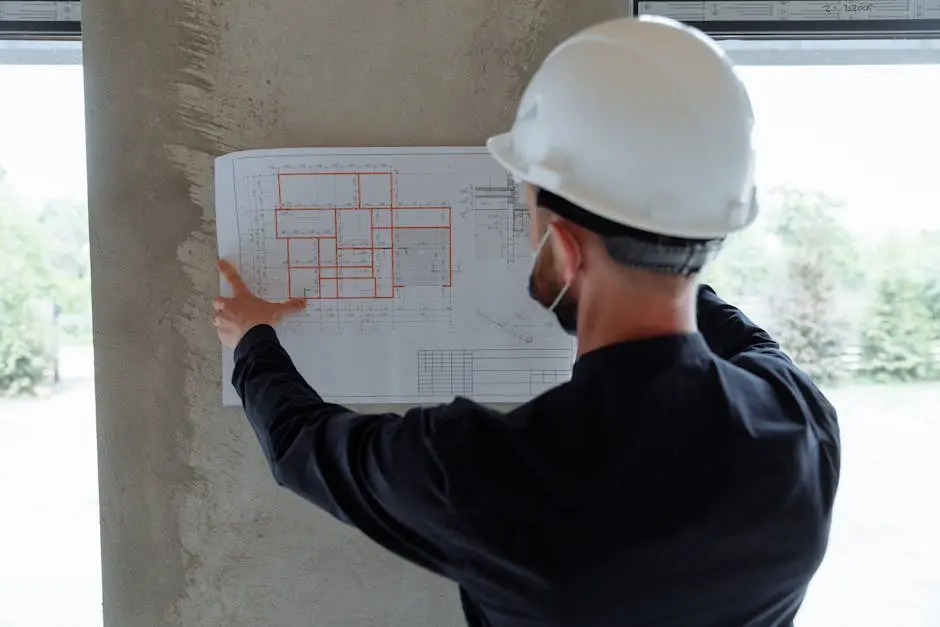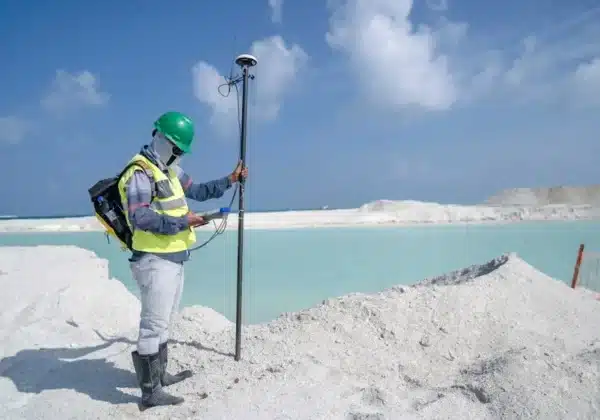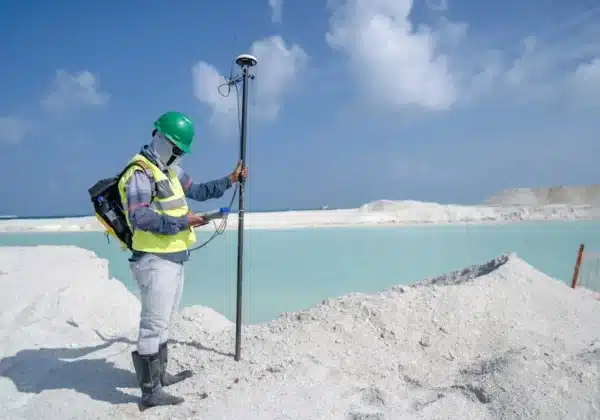Civil engineering in Central Utah presents unique challenges due to its varied geography, climate conditions, and emerging technological demands. This blog aims to highlight the most pressing difficulties civil engineers encounter in this region and explore possible solutions.
Understanding Geographic and Climatic Constraints
Central Utah’s diverse landscape and climate extremes require civil engineers to develop infrastructure that can withstand harsh weather conditions and varying altitudes.
The geographical challenges of Central Utah are prominently marked by its mountainous terrain and varying altitudes. Engineers must consider the essential factors like soil stability and erosion risks when designing infrastructure. Moreover, the region’s propensity for unpredictable weather patterns calls for robust engineering solutions. Civil engineers often need to incorporate designs that can endure rapid temperature shifts and substantial snowfall, ensuring that structures remain secure and functional year-round.
Nestled in a region marked by stunning natural beauty, Central Utah stands as a testament to human ingenuity and engineering prowess. Here, engineers must tackle the fluctuating demands imposed by the rugged terrain while maintaining balanced measures that combat both drought pressures and occasional heavy rainfalls.
Addressing Resource Scarcity
Limited availability of materials and sustainable resources challenges engineers to find innovative design solutions and alternative materials.
Resource scarcity in Central Utah doesn’t just refer to material shortages but also encompasses water management. With water being a precious resource, civil engineers have to devise innovative water conservation techniques. These methods are crucial in sustaining both public utilities and agricultural needs, driving the demand for smarter urban planning and conservation efforts.
Sourcing sustainable materials is another challenge that engineers in the region face. The availability of eco-friendly alternatives is restricted, which pushes engineers to prioritize the principles of adaptive reuse and environmental stewardship in their projects.
Solving these issues requires a collaborative approach among stakeholders, leveraging regional partnerships to help balance resource procurement with ecological conservation.
Navigating Regulatory and Environmental Concerns
Complying with strict environmental guidelines and navigating regional regulatory frameworks are key hurdles for civil engineers working in Central Utah.
Utah’s engineering landscape presents a regulatory labyrinth that requires adept maneuvering through federal, state, and local policies. Civil engineers must stay abreast of ongoing regulatory changes that affect building codes, zoning laws, and environmental protection measures. This constant flux in regulations demands agile planning and execution from engineering firms to ensure compliance while maintaining project timelines.
In addition, environmental concerns necessitate a measured approach to preserve the area’s natural heritage. Engineers must advocate for solutions that mitigate environmental impacts and promote sustainable development. Strategies such as erosion control, habitat preservation, and pollution reduction are critical in balancing infrastructure growth with ecological integrity.
Ludlow Engineering has taken proactive measures in navigating these constraints, partnering closely with regulatory bodies and local communities to enable projects that align with both compliance and environmental stewardship. Learn more about our commitment to sustainability on our Civil Engineering Firm page.
Incorporating Technological Advances
Adapting to rapid technological changes, such as integrating smart technology into existing infrastructure, is a growing challenge for today’s engineers.
Today’s civil engineers are at the forefront of an evolving technological landscape where innovation rapidly alters how infrastructure is built and managed. As advancements in technology spill over into civil engineering, Utah’s professionals are leveraging tools like 3D modeling, GIS systems, and cloud-based project management software to enhance precision, efficiency, and collaboration on projects.
Smart infrastructure is revolutionizing how cities function, and its integration into projects poses both opportunities and challenges. Engineers must ensure that technological features are fully compatible with existing systems while maintaining data security and reliability standards.
For firms like Ludlow Engineering, technological adaptation is not just an obstacle but an opportunity to harness cutting-edge solutions that further elevate the quality and sustainability of their projects. Explore how we are embracing technology and fostering innovation by visiting our construction survey in civil engineering section.
Ensuring Workforce Development
The demand for skilled labor necessitates ongoing training and education to keep the workforce adept at handling modern engineering challenges.
A competent workforce is the backbone of successful engineering projects in Central Utah. As technology evolves and project demands increase, continuous education and professional development programs become essential in equipping engineers with the necessary skills. Training initiatives are particularly vital in fostering capabilities in emerging areas like renewable energy systems and automated construction techniques.
Workforce development also involves cultivating a new generation of engineers who are versatile and innovative problem-solvers. Encouraging STEM education in schools and creating internship opportunities within engineering firms are critical pathways to securing future talent.
At Ludlow Engineering, we place a strong emphasis on nurturing our professional talent through avenues of mentorship, skill-building workshops, and industry collaborations. This approach ensures that as a leader in the civil engineering field, we continue to deliver quality outcomes for our clients. Interested in joining our team or collaborating on a project? Visit our careers page for more information.
Navigating Challenges in Central Utah
In Central Utah, civil engineers play a crucial role in ensuring that infrastructure meets the needs of the community while navigating climatic, geological, and technological challenges. By understanding these difficulties and actively seeking innovative solutions, civil engineers can continue to build sustainable and resilient structures that serve the region effectively.




